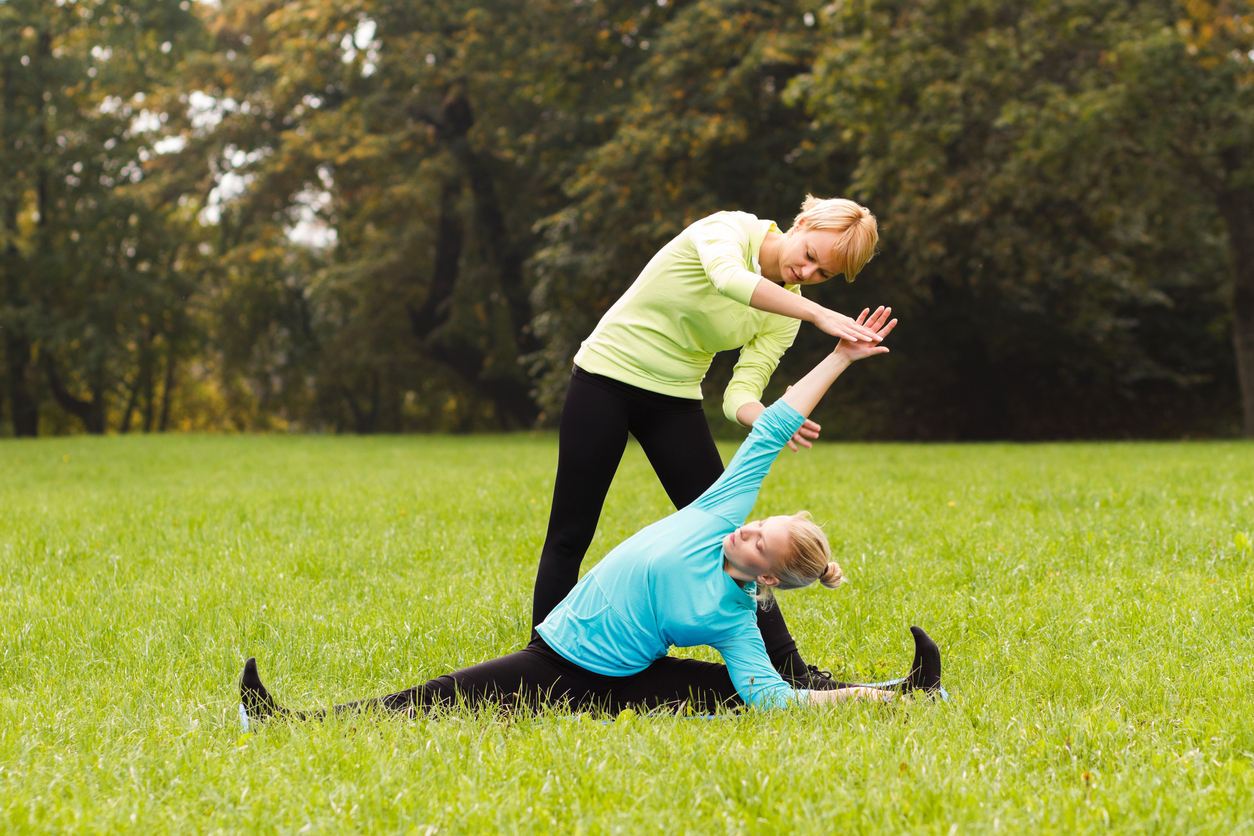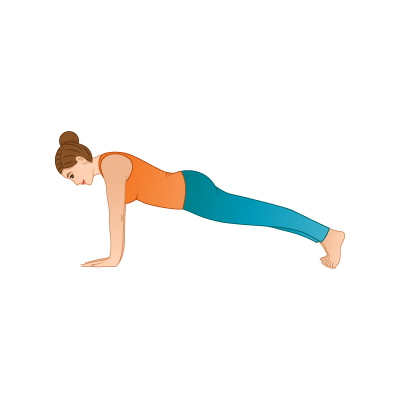How To Perfect The Art Of Hands-On Adjustments
April 12, 2017 | 4 min read
Asana is a full sensory experience for both student and teacher, from the verbal cues given to enter a posture to the visual cues of teacher demonstration. Within that realm of sensory aspects of yoga asana comes the art of physical adjustments.
Touch is not just an aspect of yoga practice, it is part of human nature. That is why it is so important to provide hands-on adjustments to students over the course of an asana practice. These hands-on adjustments provide sensory information to the students that can then be incorporated into their body and their practice.
While adjustments are important the intention behind the adjustments are incredibly important. As a teacher, understanding that hands-on adjustments can be both welcomed and unwelcomed by students is incredibly important. Having the intention to assist a student in going deeper into a posture, seeking better alignment or relaxing further into the posture, is the best place to start.
Since hands on adjustments are so important, there are a few ways to truly perfect the art of adjustments in your classes, private lessons, and workshops.
Ask Before Adjusting
The best place to begin with adjustments is to first know who would like them and who wouldn’t. Plenty of students may feel uncomfortable with receiving physical touch, in order to avoid an awkward situation or an uncomfortable student always ask before adjusting. While many students may not feel comfortable raising their hand in front of an entire class, you can ask that students give a signal during child’s pose, perhaps by turning their palms upward if they would not like to be touched, or by placing a prop at the top of their mat at the beginning of class if they wouldn’t like physical touch.
Communication
While adjusting, be sure to communicate what you are doing and what your intended adjustment is seeking to achieve. Being clear and communicating gently will give your student more benefit than simply pushing their body in one direction. Communicating clearly will also build trust with your students and will help their practice grow as they incorporate physical and verbal feedback.
Pay Attention
Similar to how a teacher’s touch provides valuable feedback to a student’s body, the student’s body will also provide feedback to the teacher. Pay close attention to what is going on with your student’s body when you give an adjustment. You will likely feel when a student begins to hold their breath, which is an indicator or stress or discomfort, leading you to ease the adjustment slightly and verbally suggesting the student return to a deeper breath. Similarly, when taking a student deeper into a posture, muscle tension will occur as an indicator of the body’s limit. It is important to pay attention to your student’s body as you adjust as to not cause injury or strain.
Adjust Evenly
It can be common for teachers to want to adjust as many students as possible within a given class. This can lead to a student only being adjusted on one side in a posture and not in the other. Since both sides of the body are very different, this way of adjusting can cause an imbalance in the body. Be sure to adjust your students on both sides in a posture. If you take someone a little deeper in their pigeon pose on one side, come back and assist in the manner that benefits the second side to ensure your student leaves their practice feeling balanced.
Keep Up With Training
Thes best way to perfect your adjustments is not just to practice them but to train them as well. Keep an eye out for advanced adjustment trainings and apprenticeships. There are many teachers that offer adjustment workshops and trainings. Finding teachers with a long history of teaching and learning from them will ensure that you develop great adjustment skills.
Perfecting your hands on adjustments isn’t a set science. It is a skill that needs to be used, practiced, and adjusted as time goes on. Understanding that your adjustment style will change from student to student and class to class will serve you greatly in your teaching.
Posted in Teacher Training, Teaching Tips




